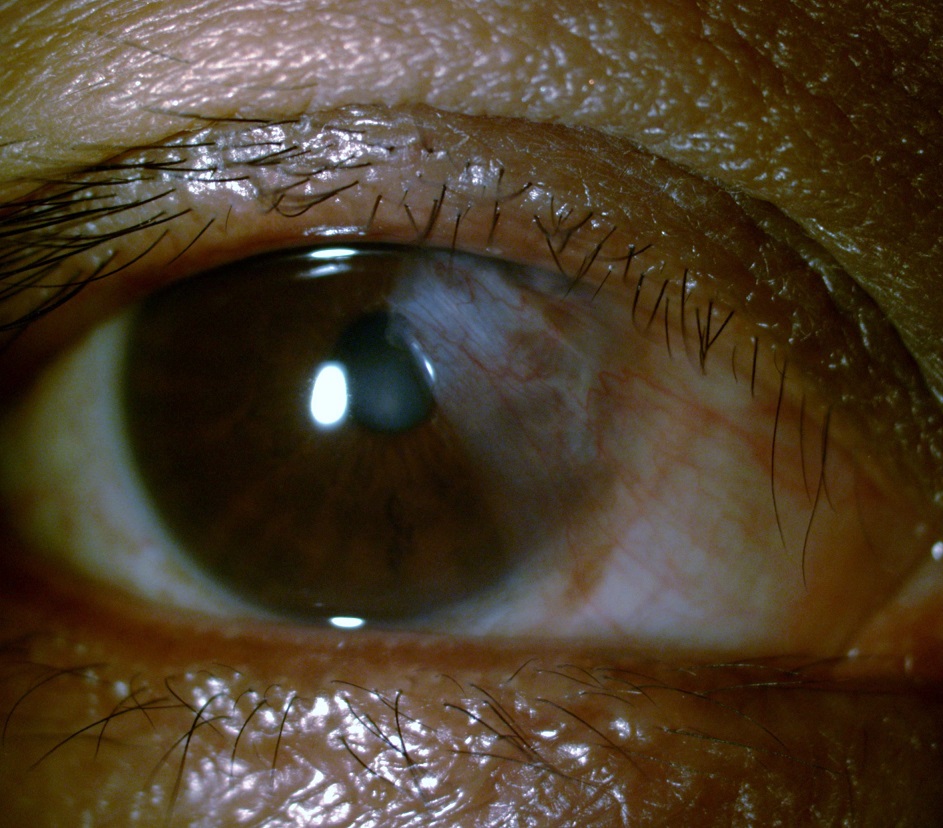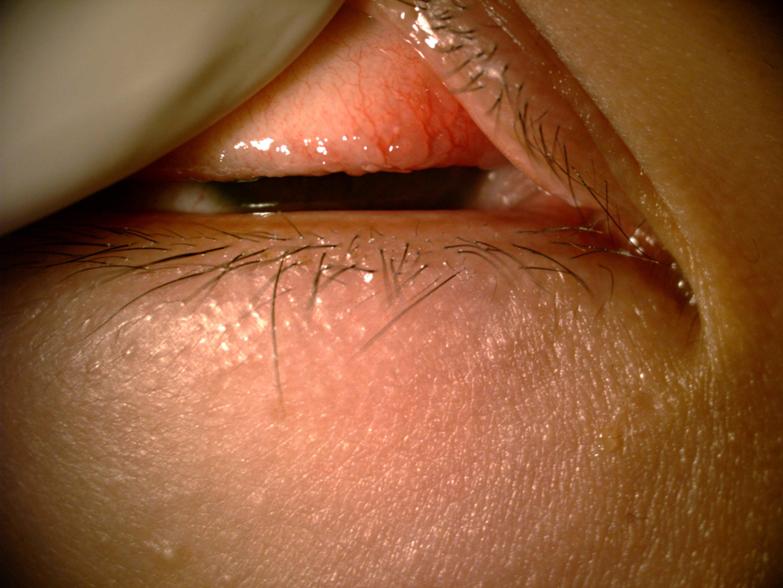Your eye problems may range from dry or itchy eyes, to more serious ones such as cataract and glaucoma. The first step to comprehensive and timely care starts with a detailed check.
General Eye Screening 视力检查
The best way to ensure optimal eye health is to have your eyes checked regularly. An examination by an eye doctor (Ophthalmologist) is prudent because eye diseases do not always have symptoms. Prompt and early detection and timely treatment can prevent visual loss.
Screening can also detect dry eyes, allergic eye conditions and complications associated with prolonged use of contact lenses.
- Cataract 白内障
- Glaucoma 青光眼
- Pterygium 瘀肉攀睛
- Dry Eyes 干眼症
- Allergic Eye Disease 过敏性眼病
- Age-Related Macular Degeneration (AMD) 年龄相关性黄斑变性
Cataract 白内障
A cataract is a clouding of the lens – the structure in the eye responsible for focusing light rays entering the eye so that we can see.
Patients complain of blurring of vision, visual distortion and a general deterioration in the acuity (sharpness) of images seen. They may also complain of glare, need more light to read, have poorer night vision or see faded colours.
This form of visual loss, though common, is reversible. The cloudy lens is removed using the latest techniques via a small incision that does away with the need for stitching, and an artificial lens is inserted in place of the cataract. Recovery is swift with this method of surgery and success rates are high at almost 100%.
Glaucoma 青光眼
Glaucoma is the most common cause of blindness in Singapore. It results in 34% of all blindness in Singapore. Even though the disease affects 3% of those above 50 years old, many Singaporeans have not had their eyes screened for the disease.
If detected early, further loss of vision can be prevented with eye drops. Only a small proportion of patients would ever need laser treatment and an even smaller group would have to undergo surgery. This makes it very worthwhile to screen early for the disease.
Essentially, there are two main types of glaucoma viz. Open Angle and Close Angle Glaucoma.
The open-angle variety accounts for the bulk of glaucoma sufferers. Yet it is difficult to detect because the affected patient may only start to detect changes when it is too late. Peripheral vision is lost gradually and central vision remains till the end, resulting often in patients seeking consultation only when it is too late.
The closed-angle variety presents more acutely, with a rapid spike in the intra-ocular pressure, resulting in patients experiencing eye pain and a quick deterioration in vision. The closed angle type of glaucoma has been found to be especially common among the Chinese, with the elderly having a higher risk for the condition. Laser treatment has a role in prevented attacks of close-angle glaucoma.
Pterygium 瘀肉攀睛
A pterygium is a fleshy growth on the eyeball that starts from the transparent membrane (conjunctiva) covering the white of the eye (sclera). It gradually encroaches on the clear central portion of our eye (the cornea), causing astigmatism and if advanced, significant scarring and direct obstruction of the visual axis.
Its formation is thought to be due to disordered growth secondary to excessive ultraviolet light exposure; as such, the trusty pair of sunglasses comes in handy again. Eye surgeons often encourage our patients by explaining that pilots are frequently spotted with sunglasses on not so much as to look like Tom Cruise, as to prevent the formation of this dreaded condition as they are high up in the stratosphere.
We do not need to lose sleep even if you notice this fleshy growth in your eyes. It is however prudent to have an Ophthalmologist (eye doctor) check it to make sure that it is not in danger of causing astigmatism, scarring or blocking the visual axis.

Dry Eyes 干眼症
In our hot climate, the air conditioner is almost indispensable to some and with that, the air blowing in your face is most certainly drier and contributory to dry eyes.
The constant use of computers, handphones, I-pads and other hand held devices also contribute to eye strain. To explain this simply, think of our eyelids as a windscreen wiper and our eyes as the windscreen. Whenever we blink, a layer of tears is even spread over the cornea; but if we do not replenish this, it would evaporate. Research has shown that we blink an average of 15 times a minute, and that a minimum of 10 blinks a minute is needed to ensure a healthy tear film, assuming that the eyes produce enough tears in the first place. If however, we are staring incessantly at our hand held devices, we only average a blink rate of between 7-8 blinks a minute.
The solution is to take frequent breaks if time permits. Otherwise, keep that lubricant in hand. The author suggests an eye drop that is preservative free, which then can be used as and when necessary.
Allergic Eye Disease 过敏性眼病
Patients will complain of itchy and/or watery eyes, and perhaps a foreign body sensation due to the presence of ‘cobblestone like protrusions/papillae’ on an otherwise smooth eyelid surface (see picture). Patient with a history of asthma, eczema, sinusitis, or rhinitis may concurrently be afflicted by this condition. It is also found in soft contact lens users, when it is subtyped as giant papillary conjunctivitis.
When left untreated, patients will rub their eyes incessantly, often leading to secondary discolouration under their eyes that makes them almost ‘racoon like’, they will always look tired even though they feel otherwise. The eyelid skin above and below the eyes are only one third as thick as the skin elsewhere on the face; as such, chronic rubbing will cause the skin to quickly assume a crepe like appearance.
Treatment of the condition, besides avoidance of the allergens that irritate the eyes, is with eye drops.

Age-Related Macular Degeneration (AMD) 年龄相关性黄斑变性
This is the third most common cause of blindness in Singapore and affects the elderly. Although patients may experience distortion or darkening in their central vision, the condition is sometimes picked up in asymptomatic patients.
